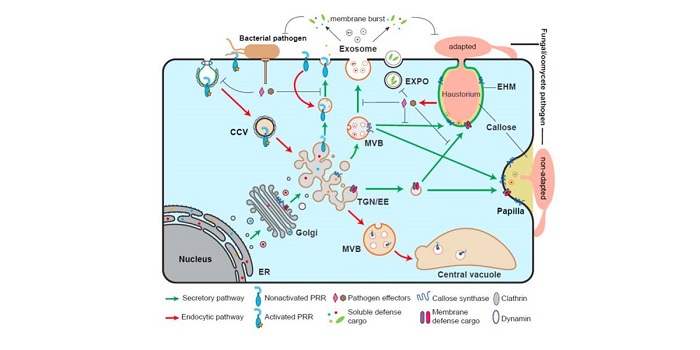
Reviews: Membrane and vesicle trafficking in plant immunity and beyond ($)
Blog, Plant Science Research Weekly, Research, Research Blog0 Comments
/
New reviews cover the hot topic of membrane and vesicle trafficking in plant immunity. Gu et al. (Mol. Plant 10.1016/j.molp.2017.07.001) provide an overview of the two membrane trafficking pathways: the secretory pathway involved in movement of antimicrobials, defense proteins and cell wall components…
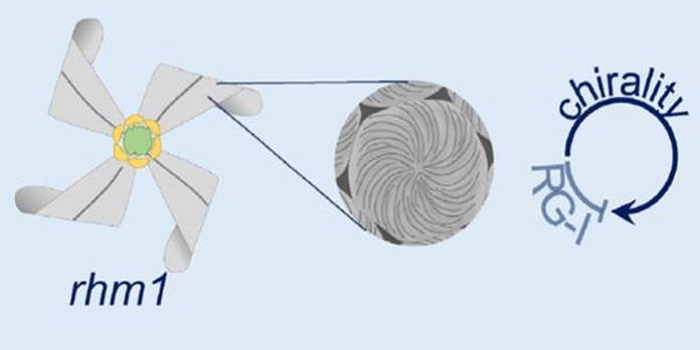
Rhamnose-containing cell wall polymers suppress helical plant growth independently of microtubule orientation
Blog, Plant Science Research Weekly, Research, Research BlogSaffer et al. identified an Arabidpsis mutant with swirled petals and with petal epidermal cells that show a left-handed (but never right-handed) twist. They mapped the mutation to the RHAMNOSE BIOSYNTHESIS1 (RHM1) gene, which is most highly expressed in petal epidermal cells and encodes an enzyme that…
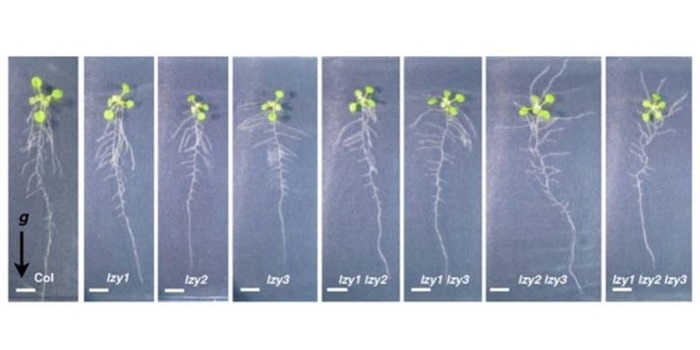
LAZY1 family contributes to gravity signaling within statocytes and branch angle control of roots and shoots
Blog, Plant Science Research Weekly, Research, Research BlogIt’s easy to demonstrate that plants sense gravity, and we also know that statocytes are involved in the perception of gravity. Statocytes are gravity-sensing cells that contain dense starch-containing amyloplasts that move within the cell in the direction of gravity. Differential growth to accommodate…
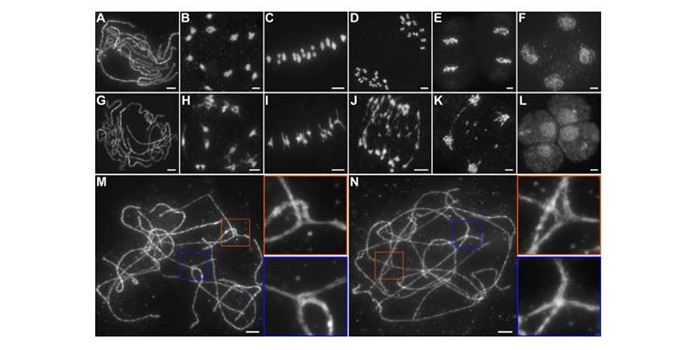
MEICA1 (meiotic chromosome association1) interacts with TOP3α and regulates meiotic recombination in rice
Blog, Plant Science Research Weekly, Research, Research BlogHu et al. found a sterile rice mutant defective in meiosis. They mapped it to MEICA1, a widely conserved but uncharacterized protein required to ensure crossovers occur between allelic regions of chromosomes. It also inhibits allelic homologous recombination. This adds to a suite of proteins eukaryotic…

Review: The evolution of calcium-based signalling in plants
Plant Science Research Weekly, Research BlogCalcium signalling is a ubiquitous process in plants and other organisms. Transporters at the plasma and vacuolar (tonoplast) membranes control entry and exit of calcium ion into the cytoplasm, and it is the cytoplasmic calcium level ([Ca2+]cyt) that affects cellular responses, as calcium-binding proteins…
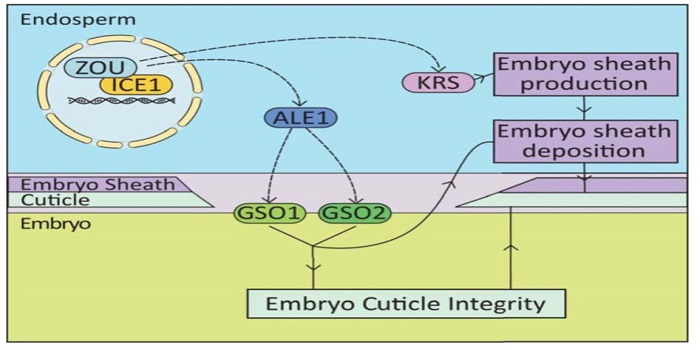
Embryo/endosperm separation through formation of an extra-cuticular sheath at the embryo surface
Plant Science Research WeeklyFollowing double fertilization, the embryo and the endosperm form within a developing seed. In Arabidopsis, the endosperm is somewhat transient, as most of the space it occupies is eventually taken over by the embryo. The question of how the embryo pushes aside the endosperm has not been fully clear.…
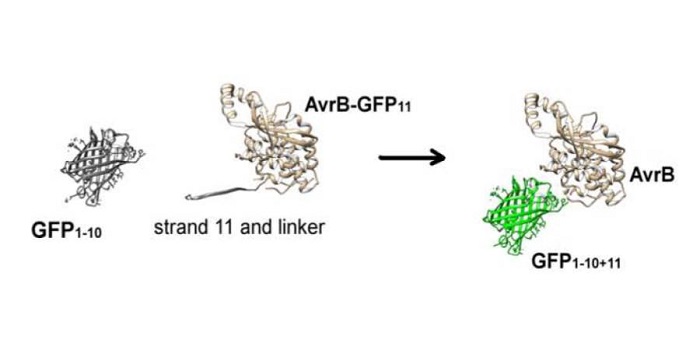
Direct and indirect visualization of bacterial effector delivery into diverse plant cell types during infection
Plant Science Research Weekly, ResearchBacterial effectors are proteins produced by bacteria and introduced into their hosts, where the effectors support successful infection by the pathogen. Effectors can function in diverse cells and cell compartments, but many studies of effector localization have relied on overexpression systems which…
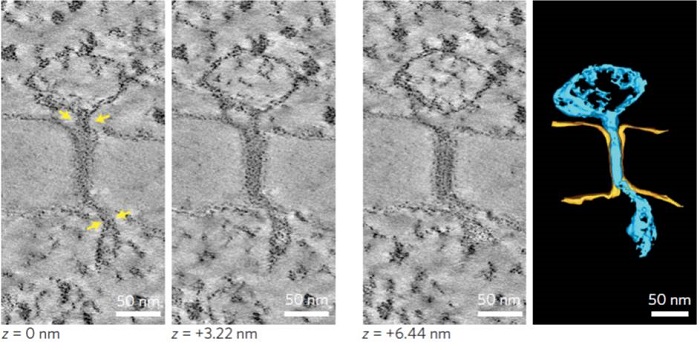
Architecture and permeability of post-cytokinesis plasmodesmata lacking cytoplasmic sleeves ($)
Plant Science Research Weekly, ResearchPlasmodesmata are pores between cells through which viruses, proteins, small RNAs and other molecules can pass. The pores are usually described as being lined with a layer of plasma membrane with a tube of endoplasmic-reticulum membrane through the center. These membranes and associated proteins are…
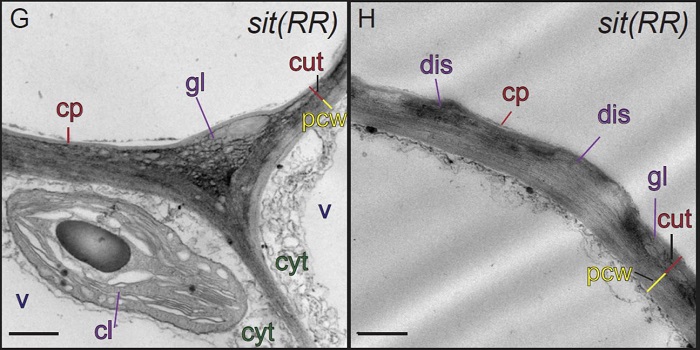
ABA is Required for Cuticle Formation Independent of Water Stress
Blog, Plant Physiology, Plant Physiology: On The Inside, ResearchThe waxy cuticle, a key barrier to desiccation and pathogen entry, is a dynamic structure, the composition, area, permeability and thickness of which can change in response to environmental conditions. For example, water deficit in Arabidopsis (Arabidopsis thaliana) triggers an increase in the accumulation…

